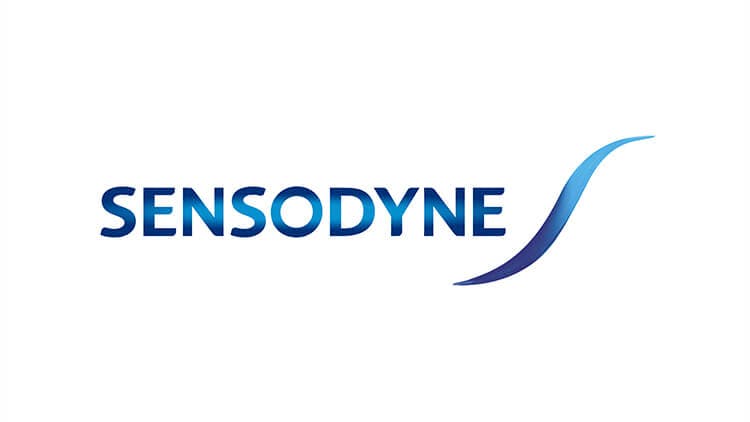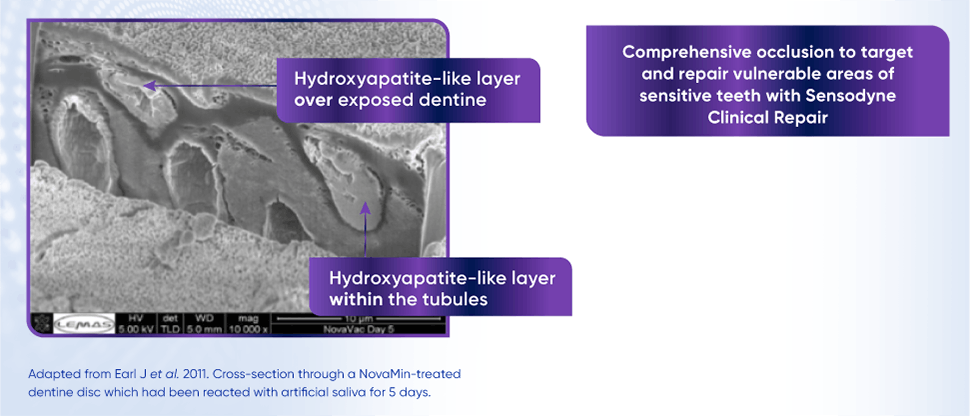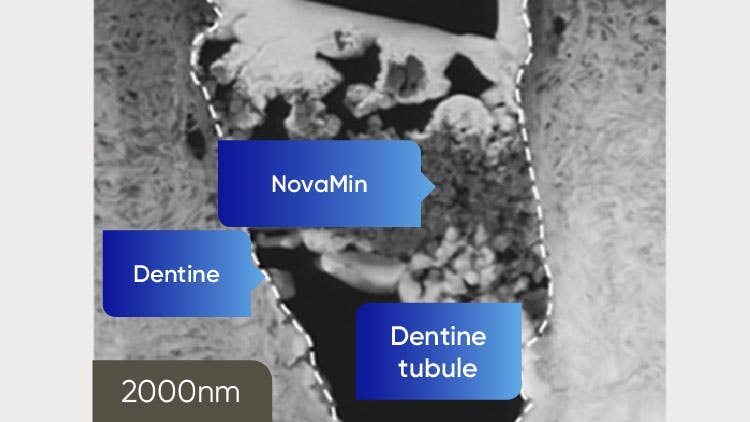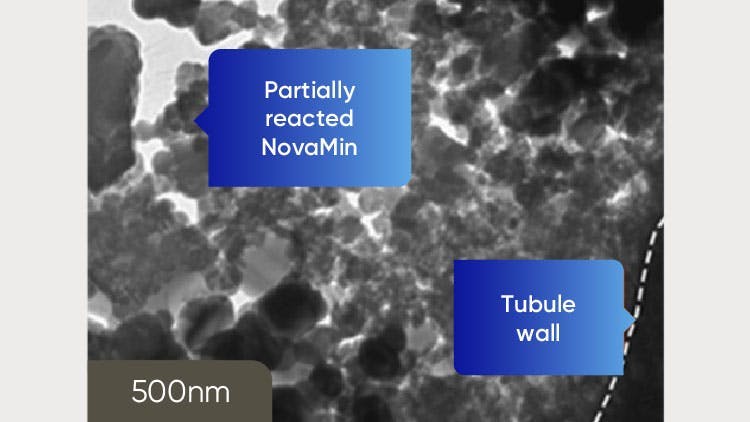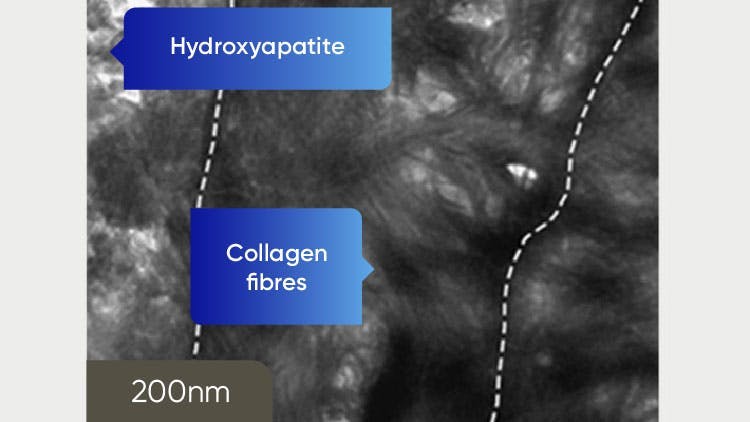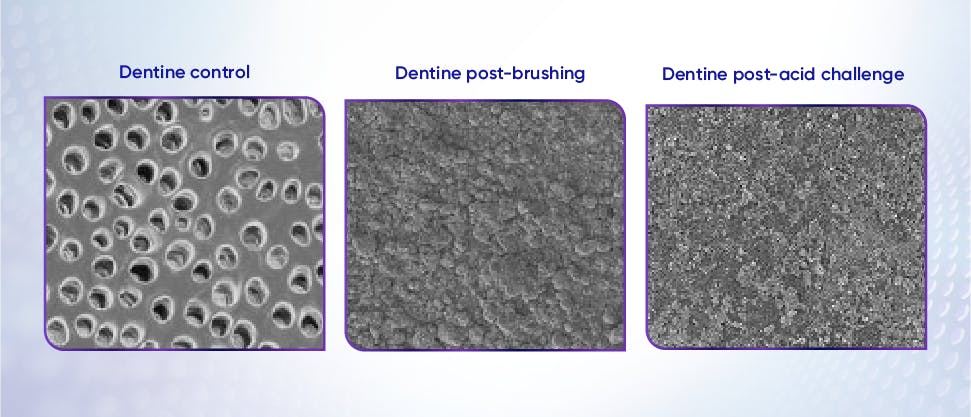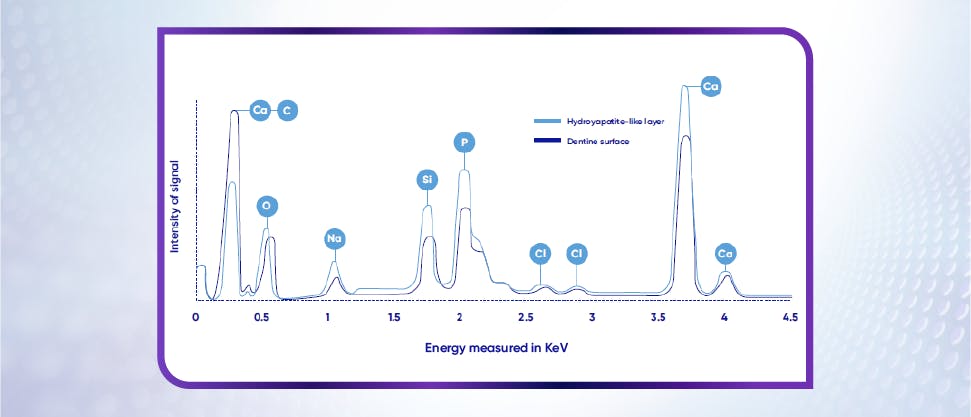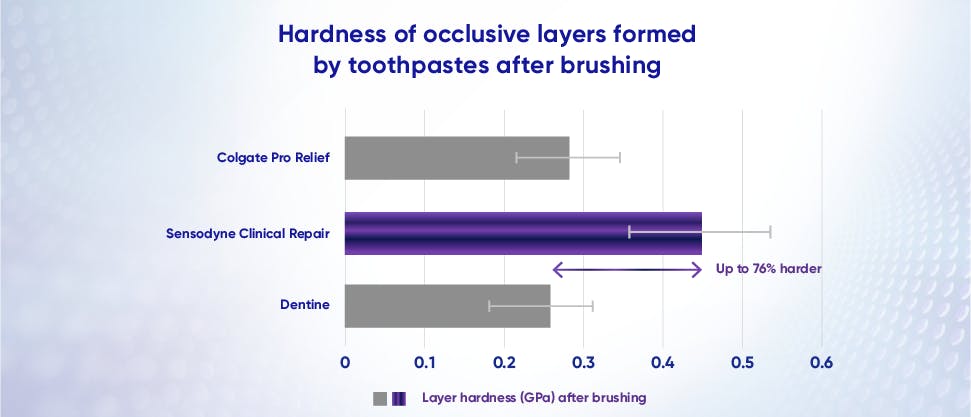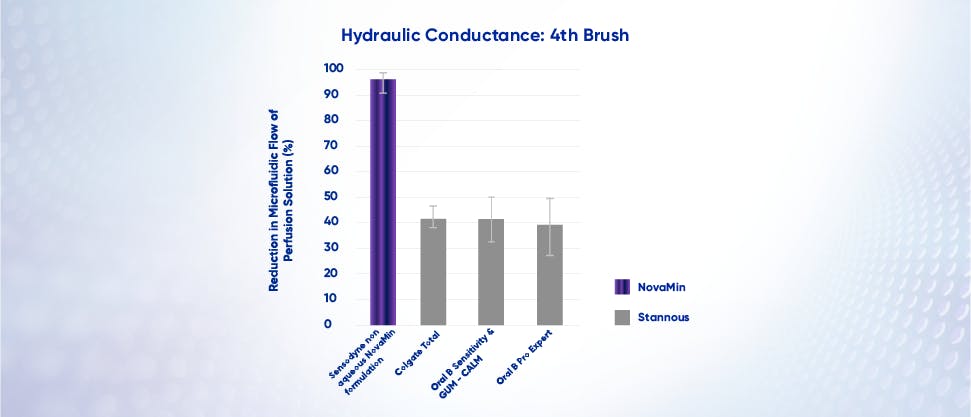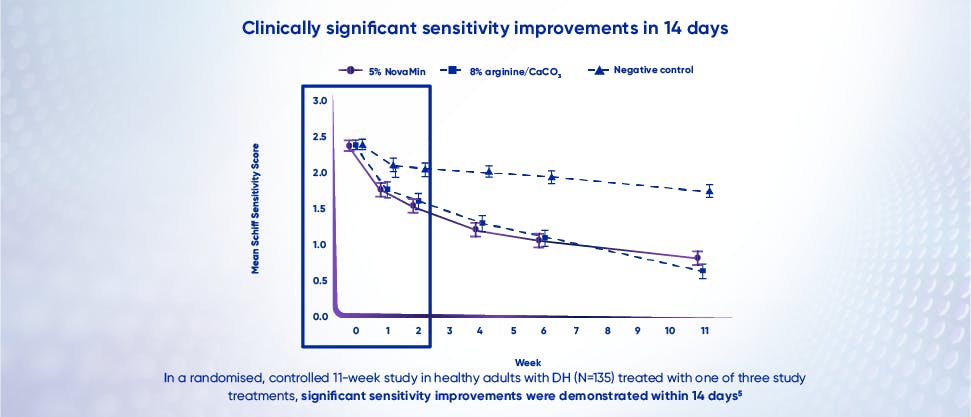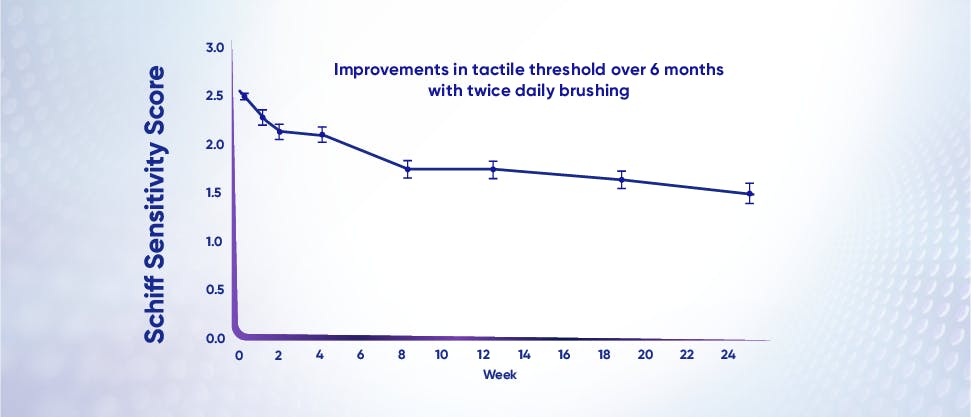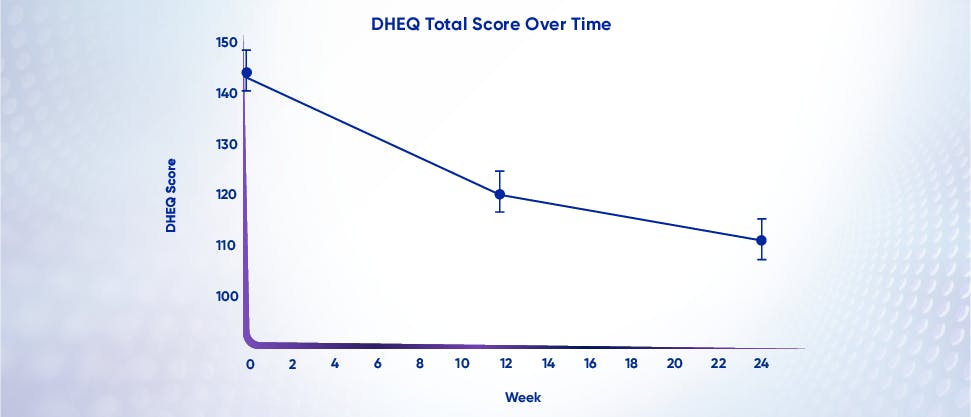NovaMin formulations
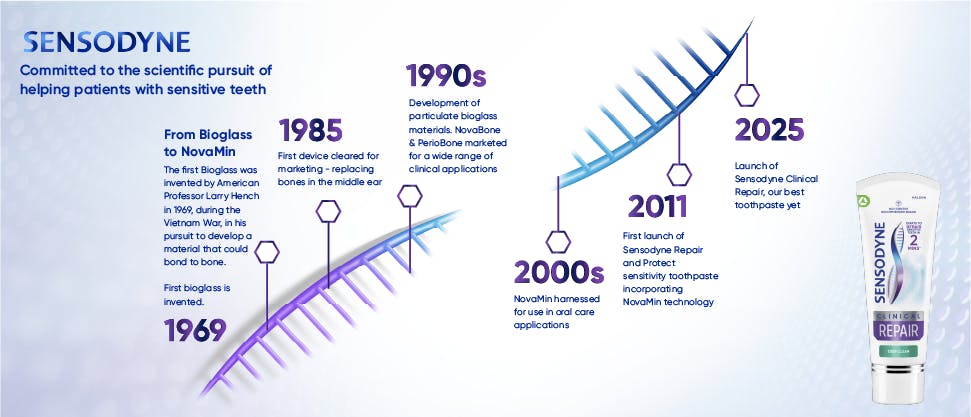
From bioglass to NovaMin3
The first bioglass was invented by American Professor Larry Hench during the Vietnam war, in his pursuit to develop a material that could bond to bone.
NovaMin was first harnessed for oral care applications in 2000’s after use of particulate bioglass materials in clinical applications for bones in the middle ear.
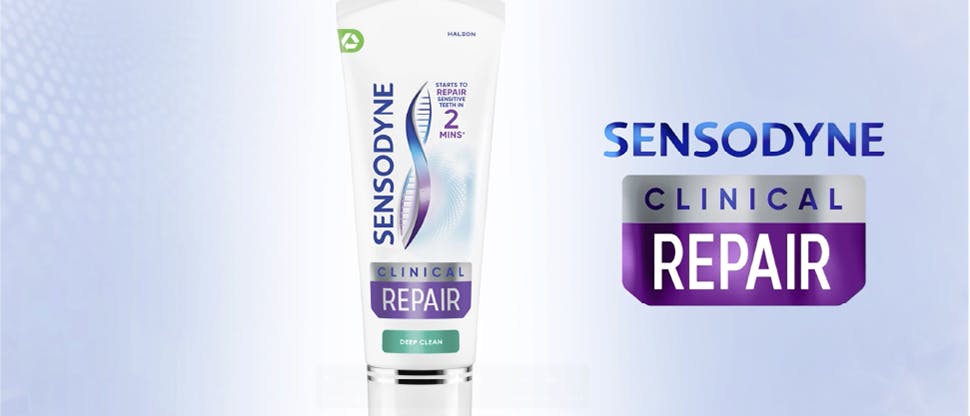
Innovative NovaMin technology
Sensodyne Repair & Protect and Sensodyne Clinical Repair toothpastes are specially formulated with NovaMin. The non-aqueous formulation ensures NovaMin becomes active in saliva, working with natural oral physiology to repair sensitive teeth*2-6
- Once in contact with saliva, NovaMin initiates a cascade of ionic exchanges, involving sodium and hydrogen ions, resulting in a localised pH rise
- The release of sodium ions, coupled with the localised pH rise and the release of calcium and phosphate ions, facilitates the precipitation and crystallisation of a calcium phosphate hydroxycarbonate apatite which binds to collagen fibres in exposed dentine, forming a dynamic protective layer over dentine
- Once bound to dentine, NovaMin particles act as calcium and phosphate reservoirs, forming a protective hydroxyapatite-like layer over exposed dentine tubules to help protect against dentine hypersensitivity pain3**
*forms a protective layer over the sensitive areas of the teeth. Brush twice a day for lasting sensitivity protection**with continued use
NovaMin forms a reparative layer over exposed dentine with twice daily brushing1,2
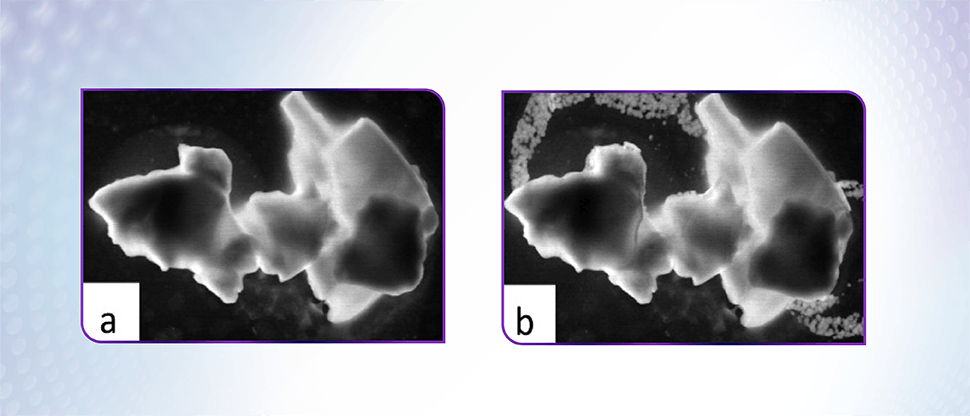
NovaMin becomes active on contact with saliva
The chemical name for NovaMin is calcium sodium phosphosilicate (CSPS).7 The use of imaging and analysis techniques has demonstrated, in vitro, the reaction of CSPS from an amorphous material to a crystalline hydroxyapatite-like material.7 The calcium and phosphate content of the CSPS are involved in the development of the hydroxyapatite-like material.7 These experiments also confirmed an occlusion mode of action for the management of dentine hypersensitivity.7
NovaMin works on contact with saliva to promote occlusion of exposed dentine.
Image adapted from Earl J et al. 2011. Real time Scanning Transmission Electron Microscopy images of NovaMIn powder in water at a) 0 hours, b) 18 hours, and c) 36 hours.
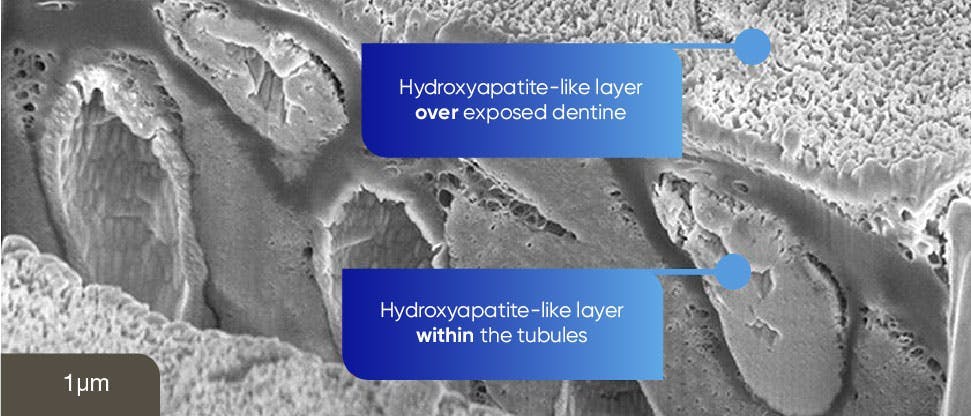
NovaMin creates a hydroxyapatite-like layer over exposed dentine* 3,4,7,8
The picture above is a scanning electron microscope (SEM) image showing the layer formed on treated dentine samples both over and within dentine tubules.7
The image shows a cross section of the dentine after 5 days treatment. The layer is approximately 1µm thick and has occluded the tubules to at least the depth of the cut.7
The image shows an in vitro SEM cross-section image of the hydroxyapatite-like layer formed by supersaturated NovaMin solution in an artificial saliva after 5 days (with no brushing).7
In vitro studies have shown that the layer formed binds strongly to collagen within exposed dentine.3,4,7,8
*forms a protective layer over the sensitive areas of the teeth. Brush twice a day for lasting sensitivity protection. SEM image adapted from Earl et al. 20117
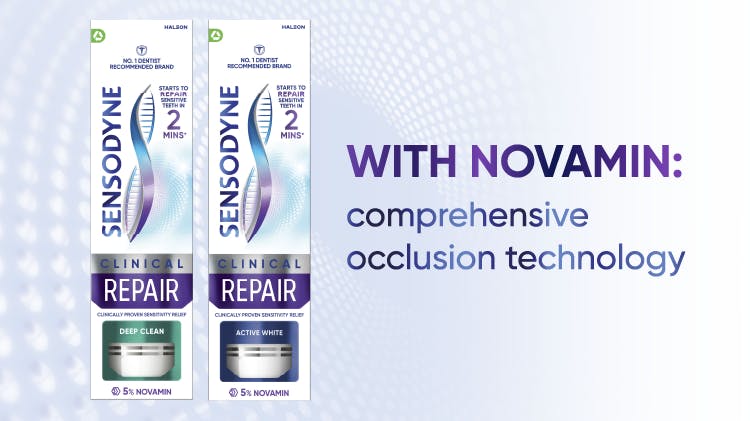
Sensodyne Clinical Repair toothpastes with NovaMin
The Sensodyne Clinical Repair toothpaste range is our next generation Sensodyne with 5% NovaMin.
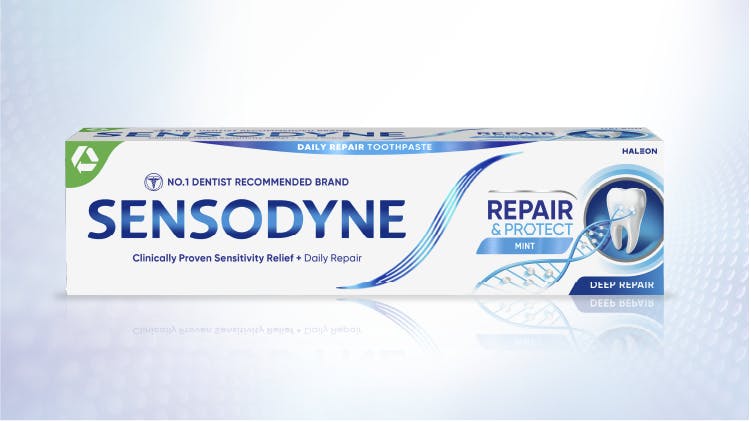
Sensodyne Repair & Protect toothpaste
Sensodyne Repair & Protect toothpastes are powered by NovaMin.
No. 1 dentist recommended toothpaste brand for sensitive teeth*
*Dentist Survey, UK, 2023. For verification: mystory.gb@haleon.com
